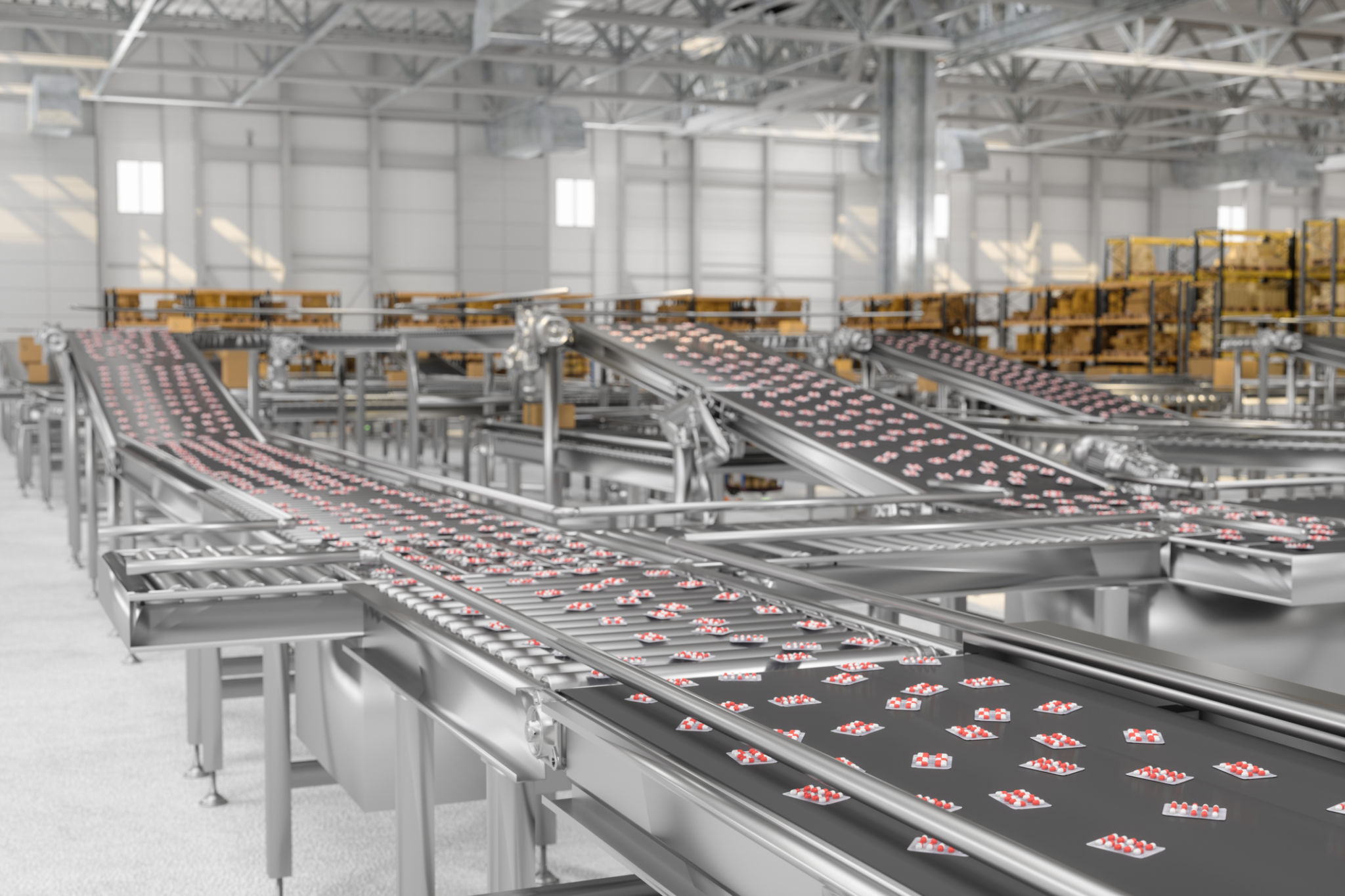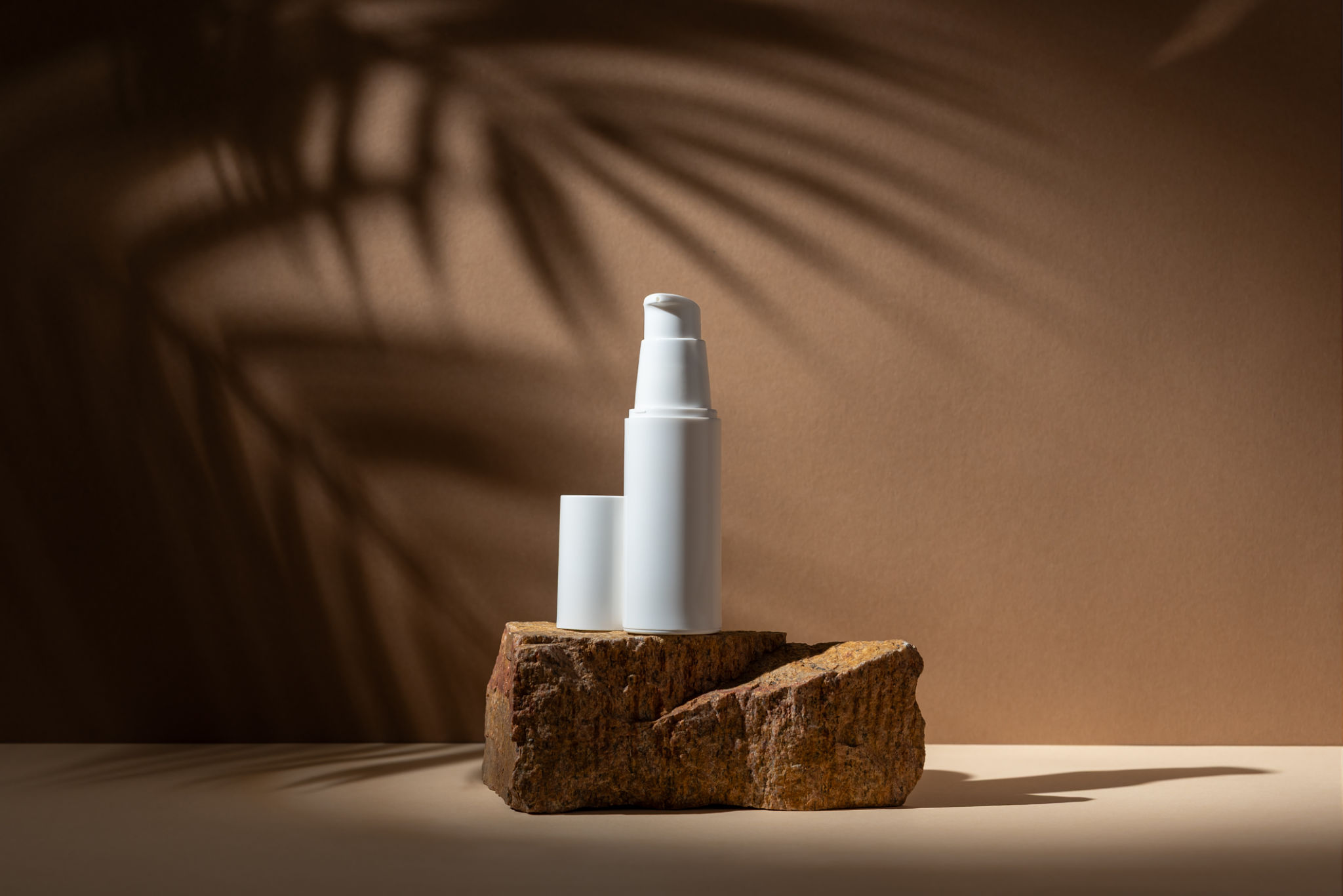Comparing Die Casting vs. Plastic Injection Molding for Household Products
Understanding Die Casting and Plastic Injection Molding
In the world of manufacturing household products, choosing the right production method is crucial. Two popular techniques are die casting and plastic injection molding. Each has its own set of advantages and applications, making it important to understand their differences and benefits.
Die casting involves pouring molten metal into a mold cavity under high pressure. This process is commonly used for creating sturdy and durable metal parts. On the other hand, plastic injection molding involves injecting molten plastic into a mold, which is ideal for producing lightweight and intricate plastic components.

Advantages of Die Casting
Die casting is known for producing high-strength components with excellent dimensional accuracy. This makes it ideal for household products that require durability, such as metal handles or structural parts. The process allows for complex shapes that would be difficult or impossible to achieve with other methods.
Another benefit of die casting is its ability to produce parts with thin walls, which can result in lighter products without compromising strength. This method is also efficient for large-scale production, as it offers fast cycle times and minimal finishing requirements.
Benefits of Plastic Injection Molding
Plastic injection molding shines in its versatility and ability to produce highly detailed components. This process is perfect for creating everyday household items like containers, kitchen utensils, and components of appliances. The ability to use a wide range of plastic materials allows manufacturers to choose the best fit for specific product requirements.
Additionally, plastic injection molding is cost-effective, especially for large production runs. The process is also capable of producing parts with intricate designs and textures, offering aesthetic flexibility alongside functional benefits.

Environmental Considerations
As sustainability becomes increasingly important, the environmental impact of manufacturing processes cannot be overlooked. Die casting typically involves metals like aluminum or zinc, which are recyclable, thus promoting a circular economy. However, the energy consumption involved in melting metals can be significant.
Plastic injection molding, while utilizing petroleum-based materials, has seen advancements in using recycled plastics. Many manufacturers are adopting eco-friendly practices by incorporating post-consumer recycled plastics, reducing waste, and minimizing environmental footprints.
Choosing the Right Method for Your Product
The decision between die casting and plastic injection molding largely depends on the specific requirements of the household product being manufactured. Consider factors such as material properties, weight, strength, cost, and design complexity when making your choice.
For products needing high strength and durability, die casting might be the better option. Conversely, if the product requires complex shapes or lightweight properties, plastic injection molding could be more suitable.

Cost Implications
Cost plays a crucial role in deciding between die casting and plastic injection molding. Die casting typically involves higher initial tooling costs but can lead to lower per-unit costs in large volume production due to its efficiency. On the other hand, plastic injection molding usually has lower tooling costs and is cost-effective for various production scales.
Understanding the cost dynamics can help businesses optimize their budgets while ensuring product quality and performance.
Conclusion
Both die casting and plastic injection molding present unique advantages for manufacturing household products. By evaluating the specific needs of your product, including material requirements and production volume, you can make an informed decision that aligns with your business goals.
Ultimately, selecting the right manufacturing process can lead to enhanced product quality, reduced costs, and a competitive edge in the market.